Spring birds and flowers at Derrymore House
Late March saw the first of the spring flowers appearing from their hibernation. Back home in New Zealand, daffodil and crocus are the first flowers to erupt from the earth, bringing colour to an otherwise muted tapestry of grey, brown and green. It seems that this is also the case in Northern Ireland. Having experienced my first spring here in Northern Ireland with Rosie, I felt the urge to share some of what we have been photographing over this period...
Derrymore House, the yellow cottage
Derrymore House is an elegant thatched cottage that stands at the heart of a picturesque late 18th-century landscape park and dense woodland. Being painted yellow makes this historical cottage the perfect place to photograph the daffodils that line the front of the building.
Situated in Bessbrook, County Armagh, Derrymore House and adjoining wood is only a ten minute drive from our front door.
Having got to know Rosemary Mulholland the area ranger for Derrymore woods during our frequent visits, we asked her to write a wee piece on the history and conservation efforts that she and her team are putting into the project of transforming the area into a wildlife haven.
"Derrymore, from the Irish ‘Doire mor’, meaning large Oakwood, is a wooded parkland now looked after by the National Trust. It’s located beside the historic ‘Model Village’ of Bessbrook in County Armagh and nestled at the foot of Camlough Mountain, part of the Ring of Gullion Area of Outstanding Natural Beauty.
My role – together with my colleagues Paul, Joshua and a fantastic team of volunteers, is to care for this 110 acre demesne, keeping it special for nature and people. Derrymore House was built in the 1770s in a designed landscape of softly undulating meadows with individual and small plantations of trees. The northern part of the parkland has more dense mixed woodland which was underplanted in the late 19th century with ornamental shrubs.
My lifelong passion is the natural environment so I am privileged to work at Derrymore to try to maximise its potential for plants, fungi, invertebrates and other animals. To do this we are currently focusing on three things: retaining deadwood; reducing fertility in the grasslands and controlling invasive species.
Deadwood
A few of our oldest trees were planted around 1780 and are now reaching the end of their lives. As they come down in storms or branches drop off, they are left lying and only removed if blocking a path or roadway. This provides essential habitat for a myriad of lifeforms feeding on fungi and rotting wood. In turn, these support predatory insects and of course birds like the Great Spotted Woodpeckers, which only recently arrived in Ireland. There are lots of bats too and all eight species that can be found in Northern Ireland have been recorded here.
Grassland
The grasslands are required to be grazed for at least part of the year, as that is the essence of parkland habitat, but years of fertiliser and slurry application has left them nutrient rich and species poor.
In Ireland we grow grass very well, but this can be at the expense of other plants. In 2020, we stopped inputs to the land and already have seen more wildflowers. As the years go by, grass productivity will reduce as biodiversity increases. This means fewer cattle can by supported per acre, but soil health, plant, fungi and invertebrates will benefit.
Invasive plants
We continue to tackle invasive non-native plant species. Introduced plants, with few natural controls, are able to multiply rapidly. We’ve been trying to reduce species such as Dwarf Japanese bamboo Sasa veitchii, Salmonberry Rubus spectabilis , Few-flowered garlic Allium paradoxum, Rhododendron ponticum, Cherry Laurel Prunus laurocerasus, and Spanish bluebell Hyacinthoides hispanica (which hybridises with the native species). Some are proving very stubborn but we aren’t giving up!
The National Trust, which is Europe’s largest conservation charity, cares for places for everyone, for ever. Visitors to this special place love it as a sanctuary and a space for quiet walks and close encounters with nature. The paths through the woods are well used and children enjoy the play area. We are open all year round and admission is free. Derrymore House, with its fascinating history is open by arrangement and is one of very few remaining thatched houses in the area.
It has been a privilege to meet Tony and Rosie who are both amazing photographers. They have infinite patience and by sitting still and observing what’s happening, can reveal those wonders which I usually miss while rushing around – the location of a hidden nest, a parent feeding its young, or the split second act of fledging. All captured so beautifully and in intimate detail. I’m so glad they found Derrymore!"
Rosemary Mulholland
Area Ranger
Dancing Daffodils
The end of March saw Rosie and I at Derrymore House subjected to a lively breeze and a sea of dancing daffodils. That brisk breeze was to be our constant companion throughout the spring and well into summer. Looking out my window three months after taking these images, that ever-present wind is still with us day in and day out.
Because of that breeze, Rosie and I had our work cut out for us. High shutter speeds and mid-range ISO settings would have to be the order of the day.
With a shutter speed of 1/1600th of a second and ISO setting to match, I managed to freeze this flower head.
I had to increase my depth of field to F13 to try and get as much of the image in focus as possible. This pushed my ISO to 6,400, thankfully my camera can still give acceptable results at such high ISOs. Had it been calmer I would have attempted a focus stack, however in retrospect perhaps the image would have suited a long, slow shutter speed. Note to ones self for next year.
Mostly I shoot my flowers with a long lens, shooting through the flowers to find one that stands out. Large beds of daffodils are often very obliging for this style of flower photography.
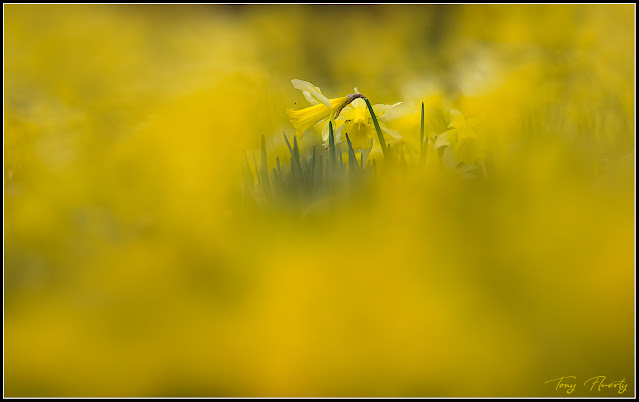 |
The yellow birds at Derrymore House
A cheeky wee female great-tit.
Great tits are especially inquisitive wee birds and that makes them one of my favourite song birds also.
I have restricted this post to just some of the yellow birds of Derrymore House. The variety of species and numbers of birdlife in the Derrymore Wood area is encouraging and we are so thankful for the enormous amount of work Rosemary Mulholland and her team are putting into restoring the area.
Thankyou for reading our blog post and we look forward to sharing our adventures with our readers.
You can sign up to our mailing list here and Like our page on Facebook.
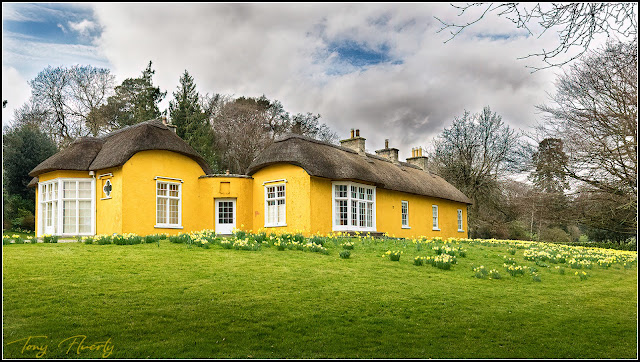




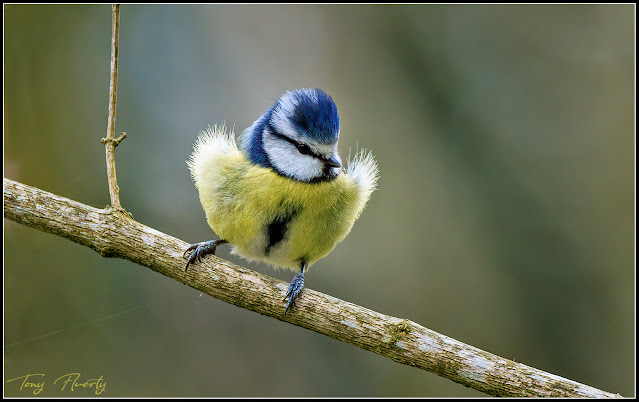
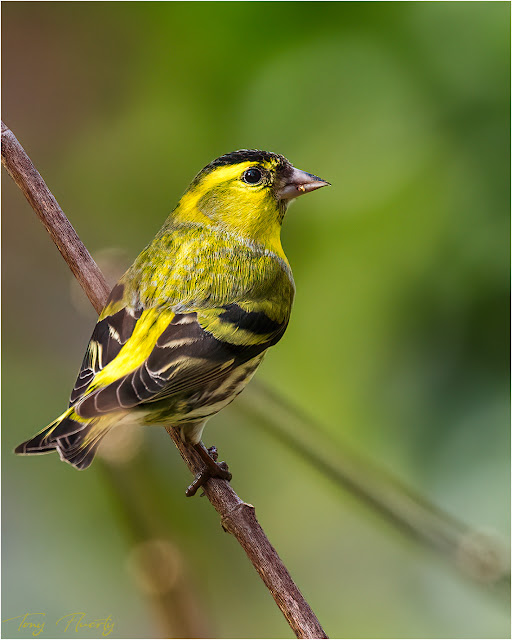
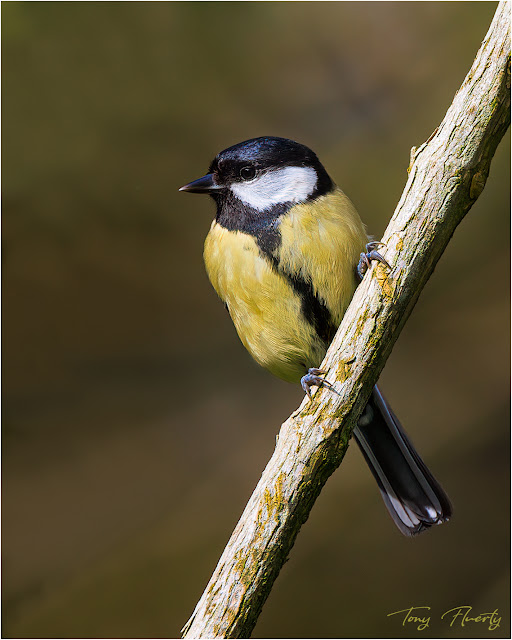
Comments
Post a Comment